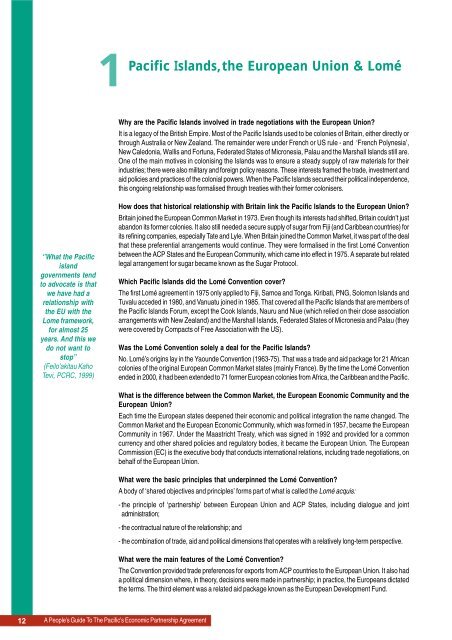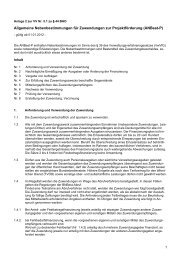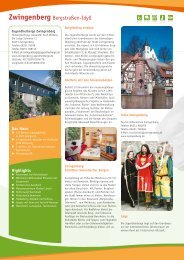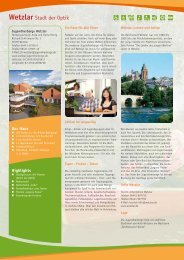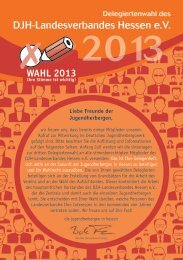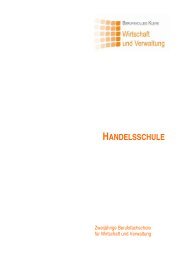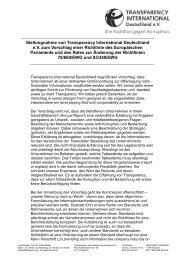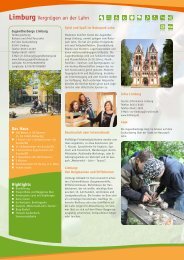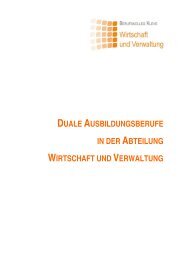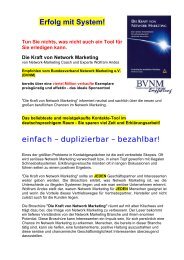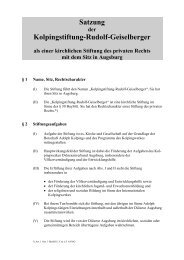REPA Booklet - Stop Epa
REPA Booklet - Stop Epa
REPA Booklet - Stop Epa
Create successful ePaper yourself
Turn your PDF publications into a flip-book with our unique Google optimized e-Paper software.
1<br />
Pacific<br />
Islands,the European Union & Lomé<br />
Why are the Pacific Islands involved in trade negotiations with the European Union?<br />
It is a legacy of the British Empire. Most of the Pacific Islands used to be colonies of Britain, either directly or<br />
through Australia or New Zealand. The remainder were under French or US rule - and ‘French Polynesia’,<br />
New Caledonia, Wallis and Fortuna, Federated States of Micronesia, Palau and the Marshall Islands still are.<br />
One of the main motives in colonising the Islands was to ensure a steady supply of raw materials for their<br />
industries; there were also military and foreign policy reasons. These interests framed the trade, investment and<br />
aid policies and practices of the colonial powers. When the Pacific Islands secured their political independence,<br />
this ongoing relationship was formalised through treaties with their former colonisers.<br />
‘’What the Pacific<br />
island<br />
governments tend<br />
to advocate is that<br />
we have had a<br />
relationship with<br />
the EU with the<br />
Lome framework,<br />
for almost 25<br />
years. And this we<br />
do not want to<br />
stop”<br />
(Feilo’akitau Kaho<br />
Tevi, PCRC, 1999)<br />
How does that historical relationship with Britain link the Pacific Islands to the European Union?<br />
Britain joined the European Common Market in 1973. Even though its interests had shifted, Britain couldn’t just<br />
abandon its former colonies. It also still needed a secure supply of sugar from Fiji (and Caribbean countries) for<br />
its refining companies, especially Tate and Lyle. When Britain joined the Common Market, it was part of the deal<br />
that these preferential arrangements would continue. They were formalised in the first Lomé Convention<br />
between the ACP States and the European Community, which came into effect in 1975. A separate but related<br />
legal arrangement for sugar became known as the Sugar Protocol.<br />
Which Pacific Islands did the Lomé Convention cover?<br />
The first Lomé agreement in 1975 only applied to Fiji, Samoa and Tonga. Kiribati, PNG, Solomon Islands and<br />
Tuvalu acceded in 1980, and Vanuatu joined in 1985. That covered all the Pacific Islands that are members of<br />
the Pacific Islands Forum, except the Cook Islands, Nauru and Niue (which relied on their close association<br />
arrangements with New Zealand) and the Marshall Islands, Federated States of Micronesia and Palau (they<br />
were covered by Compacts of Free Association with the US).<br />
Was the Lomé Convention solely a deal for the Pacific Islands?<br />
No. Lomé’s origins lay in the Yaounde Convention (1963-75). That was a trade and aid package for 21 African<br />
colonies of the original European Common Market states (mainly France). By the time the Lomé Convention<br />
ended in 2000, it had been extended to 71 former European colonies from Africa, the Caribbean and the Pacific.<br />
What is the difference between the Common Market, the European Economic Community and the<br />
European Union?<br />
Each time the European states deepened their economic and political integration the name changed. The<br />
Common Market and the European Economic Community, which was formed in 1957, became the European<br />
Community in 1967. Under the Maastricht Treaty, which was signed in 1992 and provided for a common<br />
currency and other shared policies and regulatory bodies, it became the European Union. The European<br />
Commission (EC) is the executive body that conducts international relations, including trade negotiations, on<br />
behalf of the European Union.<br />
What were the basic principles that underpinned the Lomé Convention?<br />
A body of ‘shared objectives and principles’ forms part of what is called the Lomé acquis:<br />
- the principle of ‘partnership’ between European Union and ACP States, including dialogue and joint<br />
administration;<br />
- the contractual nature of the relationship; and<br />
- the combination of trade, aid and political dimensions that operates with a relatively long-term perspective.<br />
What were the main features of the Lomé Convention?<br />
The Convention provided trade preferences for exports from ACP countries to the European Union. It also had<br />
a political dimension where, in theory, decisions were made in partnership; in practice, the Europeans dictated<br />
the terms. The third element was a related aid package known as the European Development Fund.<br />
12<br />
A People’s Guide To The Pacific’s Economic Partnership Agreement


